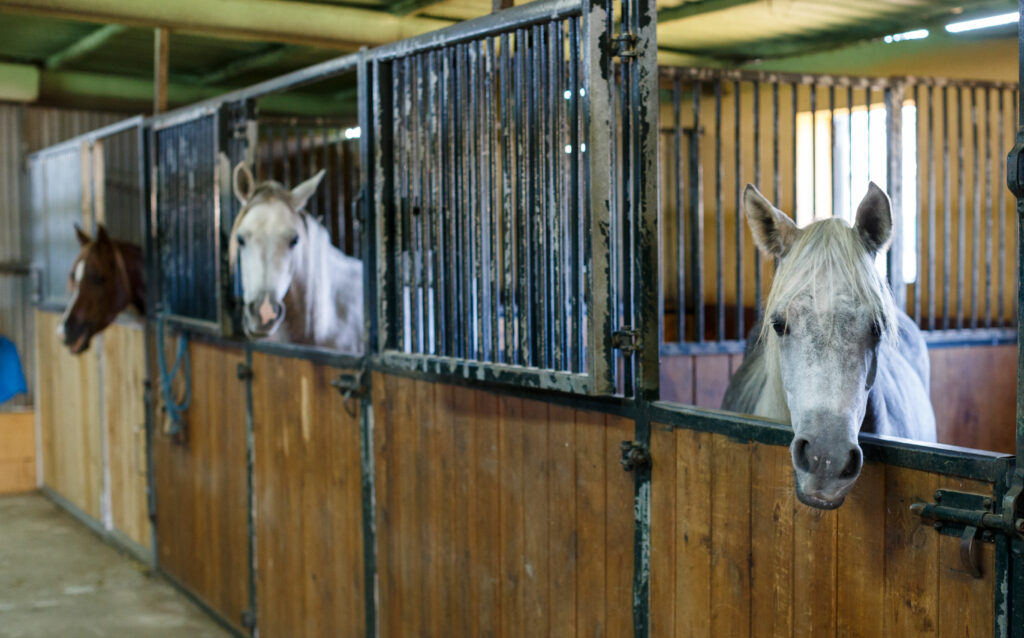Easier option for EHV-1 detection
- April 10, 2023
- ⎯ Christine Barakat
During an outbreak of equine herpesvirus type-1 (EHV-1), repeated testing helps identify infected horses and guide biosecurity efforts, such as quarantines. However, horse owners sometimes balk at the preferred testing method—the insertion of a long swab into the horse’s nasal passage to collect nasal secretions. Now, researchers at the University of California, Davis report that alternative swabbing methods can be useful in detecting EHV-1 and monitor outbreaks.

Signs of EHV-1
EHV-1 typically causes the respiratory infection known as rhinopneumonitis. In rare cases, it attacks the central nervous system, producing signs ranging from incoordination to paralysis, sometimes with fatal consequences. Equine herpesvirus myeloencephalopathy (EHM), often called “neuro” EHV-1, is highly contagious. Prompt action is necessary to contain EHV-1 outbreaks at locations where large numbers of horses are kept.
An outbreak yields clues
For their research into alternate swabbing methods, the Davis researchers focused on an EHM outbreak that affected 36 horses. Seventeen of the horses infected with EHV-1 became ill, while the remaining horses showed no signs of disease. Researchers took samples from each horse two to four times over the course of the outbreak. In addition to standard nasal swabs, they swabbed the outside of the muzzle, front limbs and rectal areas. The researchers also swabbed each horse’s feed bin and water trough. In all, they tested 94 sample set swabs for the presence of EHV-1 using polymerase chain reaction (PCR) technology.
Easier detection of EHV-1
The PCR analysis showed that muzzle swabs were almost as effective as nasal swabs in detecting EHV-1. Therefore, the researchers conclude that muzzle swabbing, which may be more acceptable to horse owners, could serve as an alternative means of monitoring horses during an EHV-1 outbreak.
Reference: “Investigation of the use of non-invasive samples for the molecular detection of EHV-1 in horses with and without clinical and sub-clinical infection.” 68th Annual American Association of Equine Practitioners Convention Proceedings, November 2022
Don’t miss out! The free weekly EQUUS newsletter delivers horse health information right to your inbasket! If you’re not already receiving the EQUUS newsletter, click here to sign up. It’s *free*!





